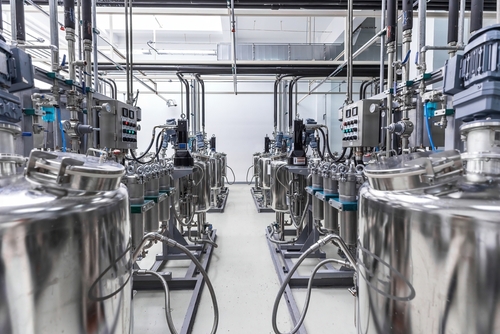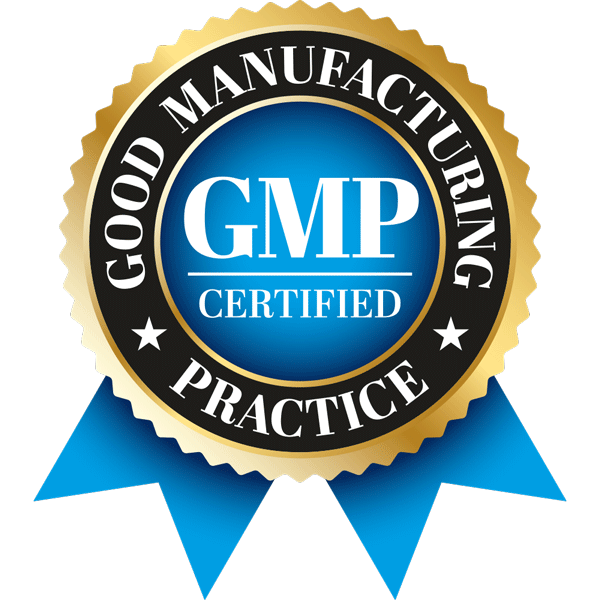
Why Equipment Requalification is Just as Important as Equipment Qualification for FDA Compliance
Introduction
In pharmaceutical manufacturing, equipment qualification is critical to ensure safe, consistent, and high-quality products. Initial qualification sets the standard, but requalification is necessary to verify that equipment continues to meet performance requirements over time. This post explores the key reasons to requalify equipment, the timing for requalification, and how it supports FDA compliance.
What Is Equipment Qualification?
Equipment qualification is a documented process that ensures equipment operates correctly and consistently within defined criteria. It typically involves stages like Installation Qualification (IQ), Operational Qualification (OQ), and Performance Qualification (PQ). While initial qualification sets the performance baseline, requalification ensures those standards are met consistently over time.
Top Reasons to Requalify Equipment
1. Maintain FDA Compliance
To protect public safety, the FDA has strict standards for pharmaceutical manufacturing. Regular requalification of equipment is crucial for ongoing compliance. If equipment fails to meet FDA requirements, it can lead to production delays, recalls, discarded batches, or even regulatory penalties. By requalifying equipment, manufacturers ensure they meet all regulatory requirements and avoid costly disruptions.
Failed requalification can cause significant production delays due to the need for thorough investigations, which are essential to maintaining patient safety.
2. Ensure Equipment Reliability
Over time, even the highest-quality equipment can drift from its initial performance standards due to wear and tear or modifications. Requalification helps verify that equipment continues to operate as intended, minimizing the risk of unexpected failures and downtime. This step is essential to ensure reliable production output and reduce costly interruptions.
3. Verify Changes in Manufacturing Processes
When manufacturing processes change—such as introducing new products, altering formulations, or adding new equipment—requalification becomes necessary. For example, a new part size or a non-like-for-like equipment replacement can impact system performance. Requalification ensures that equipment can meet performance requirements under the updated conditions, maintaining quality and minimizing risk.
4. Extend Equipment Lifespan
Routine requalification can also help extend equipment lifespan by identifying potential issues early. When problems are caught before they escalate, preventative maintenance or adjustments can be implemented, reducing the likelihood of major repairs or replacements. This proactive approach maximizes equipment investment and ensures ongoing compliance and performance.
5. Meet Internal Quality Standards
Beyond FDA compliance, many companies have internal quality standards. Regular requalification ensures these internal standards are met, supporting quality management across the organization. This process also aligns standards across locations, particularly for companies with regional or global operations, which often follow standardized SOPs.
When to Requalify Equipment?
Knowing when to requalify equipment is as important as understanding why. Here are key instances when requalification should be considered:
- After Significant Maintenance or Repairs: Major repairs or replacements require requalification to ensure the equipment meets original specifications.
- After Relocation: Moving equipment can affect performance due to changes in environmental conditions or setup. Requalification verifies calibration and operation post-relocation.
- After Software Updates or Modifications: For automated equipment, requalification is essential after software updates to confirm there is no impact on performance.
- At Scheduled Intervals: Many companies requalify equipment annually or biannually as part of preventive maintenance, which reduces the risk of unexpected failures and ensures ongoing compliance.
Step-by-Step Guide to Effective Requalification
The requalification process is similar to initial equipment qualification, but it is often focused on areas where changes or wear are most likely to occur. Here’s a brief overview of the process:
- Analyze Past Performance: Review historical data to spot trends or issues that could impact current performance.
- Inspection and Calibration: Conduct a thorough inspection and calibrate equipment as needed to ensure it meets the original specifications.
- Operational Testing: Run tests under normal and stress conditions to confirm consistent equipment function.
- Documentation: Maintain clear records of the requalification process, including any adjustments or repairs, to support audits and demonstrate ongoing FDA compliance.
Conclusion: Why Equipment Requalification Is Essential for FDA Compliance
In pharmaceutical manufacturing, equipment requalification is essential for product quality, consistency, and safety. Routine requalification helps companies remain FDA-compliant, ensure reliable production, and avoid costly failures. Whether requalification is prompted by maintenance, process changes, or scheduled intervals, it is a proactive step toward safeguarding operations and producing safe, high-quality products.
By committing to regular equipment requalification, companies meet regulatory requirements, uphold the highest standards of quality, and ultimately contribute to safer products and better patient outcomes.




